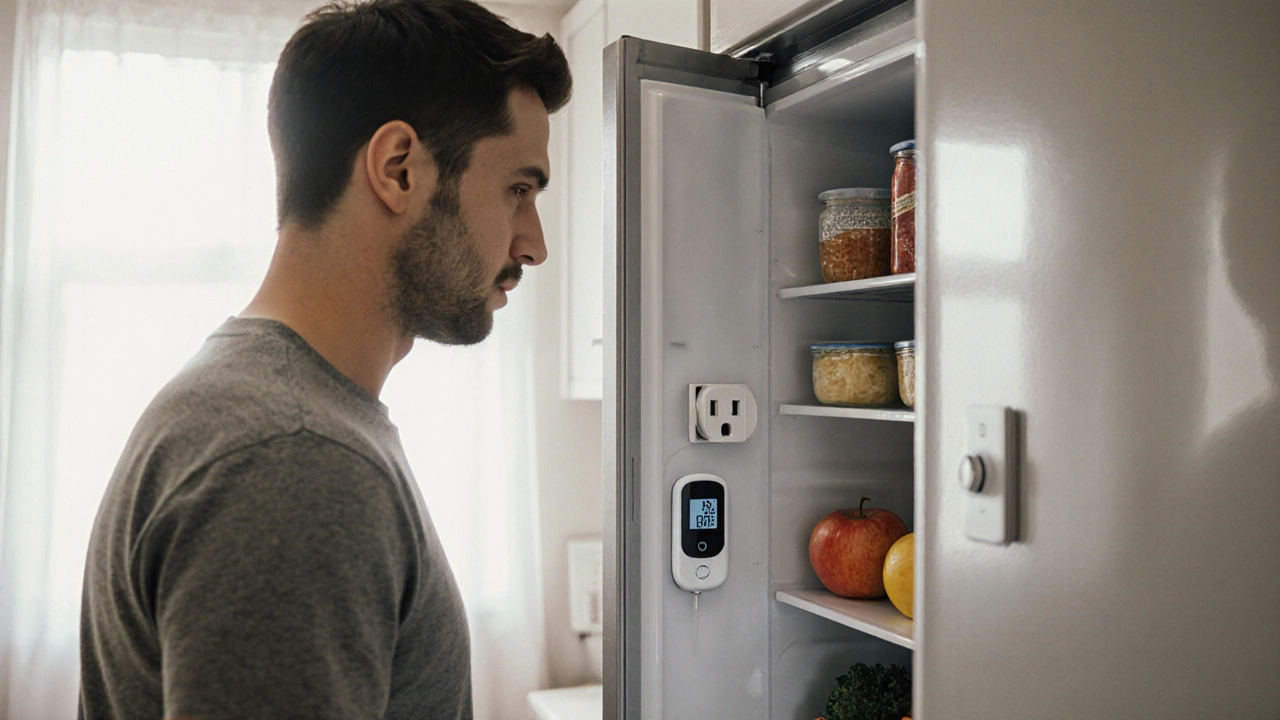Are Boilers Expensive to Replace? What to Expect With Boiler Replacement Costs
April 17 2025Appliance Diagnostics: How to Spot Problems Before They Cost You
When working with appliance diagnostics, the process of testing and evaluating the condition of household appliances. Also known as appliance troubleshooting, it helps you identify faults early, avoid dangerous breakdowns, and plan repairs cost‑effectively. A close cousin is water heater diagnostics, which focuses on checking temperature settings, pressure valves and heating elements to keep hot water flowing. Understanding these basics sets the stage for smarter maintenance across the home.
Why Good Diagnostics Save Time and Money
Appliance diagnostics encompasses boiler diagnostics, a set of checks that verify gas pressure, burner performance and safety controls. If you ignore a sputtering boiler, you could face higher fuel bills or even a carbon‑monoxide leak. Likewise, oven diagnostics requires testing heating elements, thermostats and control boards; a faulty element can waste electricity and ruin meals. By running a quick visual inspection, listening for unusual noises, and confirming sensor readings, you often prevent a full‑scale service call.
Another common culprit is the dryer. dryer diagnostics involves checking lint buildup, thermal fuses and drum bearings. A blocked vent can overheat the dryer, raising fire risk. Simple steps like cleaning the lint screen and verifying airflow can keep the unit humming safely. When you pair these checks with a basic voltage test, you’ll know whether the motor or heating coil needs attention.
Ventilation fans aren’t glamorous, but extractor fan diagnostics is essential for indoor air quality. A noisy or weak fan often signals a clogged filter or a failing motor. Swapping the filter and measuring airflow pressure are low‑cost actions that preserve the fan’s lifespan. In homes with high humidity, a well‑functioning fan prevents mould, keeping the space healthier.
Modern heat pumps add another layer of complexity. heat pump diagnostics checks refrigerant levels, compressor health and coil cleanliness. An underperforming heat pump can spike electricity usage and leave rooms cold. Using a pressure gauge and temperature probe, you can verify whether the system is charging correctly or if the compressor needs a professional’s eye.
All these sub‑diagnostics share three common threads: safety, efficiency, and cost control. Safety requires turning off power or gas before any inspection; efficiency means looking for signs of wear that reduce performance; cost control comes from fixing small issues before they balloon. When you treat each appliance as a system with inputs (power, water, gas) and outputs (heat, drying, ventilation), you can map problems clearly and choose the right fix.
Below you’ll find a collection of articles that dive deeper into each of these areas. Whether you’re a DIY enthusiast or just want to know when to call a pro, the guides cover practical steps, tool recommendations and real‑world cost estimates. Use them to turn vague noises and odd readings into clear action plans, and keep your home running smoothly.
 22 Oct
22 Oct
Diagnose a Refrigerator Problem - Step‑by‑Step Guide
Learn a step‑by‑step method to diagnose common refrigerator problems, identify faulty parts, and decide when to DIY or call a pro.
Read More...



